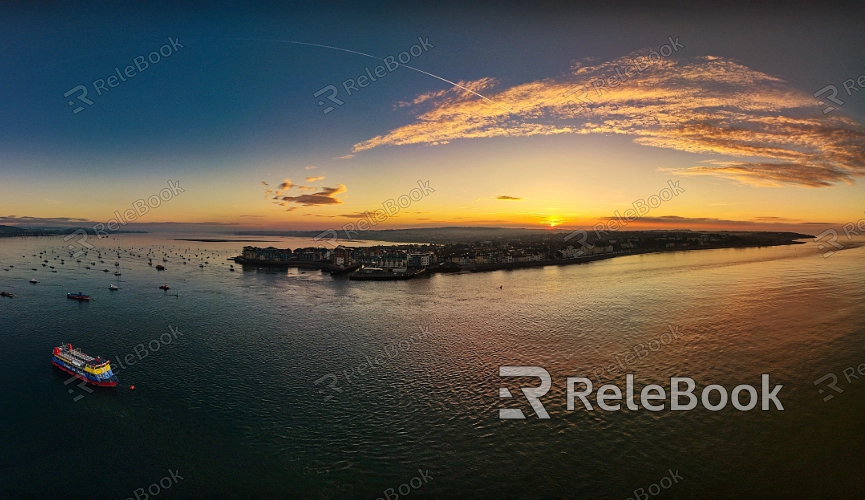What is HDR 3D
HDR 3D technology has seen widespread use in fields like architectural visualization, product design, and visual effects. Particularly when dealing with complex lighting scenarios, combining HDR techniques with 3D modeling in software such as Blender, 3ds Max, and Cinema 4D enables the creation of highly realistic and detailed visual effects. This article will explore the concept of HDR 3D, its characteristics, and its applications in 3D modeling and rendering.

The Concept and Features of HDR 3D
HDR 3D is a method that integrates HDR imaging techniques with 3D models to enhance rendering outcomes. By leveraging HDR technology, designers can capture and display a broader range of brightness in 3D environments, resulting in more lifelike renderings.
Expanded Dynamic Range
HDR 3D allows designers to capture and display a much wider range of brightness in 3D scenes compared to traditional methods. This means that in a single scene, designers can retain the details of very bright highlights and deep shadows, enhancing the realism of the visual effects.
Lighting Details: In traditional rendering, lighting details are often lost, especially in very bright or very dark areas. HDR 3D technology helps preserve these details, resulting in a more balanced and natural scene.
Shadow Detail: HDR 3D not only preserves highlight details but also reveals rich textures in shadow areas, adding depth and realism to the image.
True-to-Life Color Representation
Since HDR 3D can handle a wider range of brightness levels, it also excels in color representation. Designers can achieve smoother color transitions and richer layers, significantly improving the visual quality of rendered images.
Color Transitions: HDR 3D ensures natural color transitions, whether in a brightly lit daytime scene or a dimly lit night scene, offering convincing and realistic color effects.
Saturation and Contrast: HDR 3D enhances color saturation and contrast, making images more vibrant, which is particularly crucial for designers who require high-quality visuals.

Creating and Processing HDR 3D
Producing HDR 3D involves combining multiple images or rendered frames with different exposures. By merging these images, designers can generate 3D scenes that contain a broader range of brightness information.
Multi-Exposure Blending: When creating HDR 3D images, designers typically capture or generate multiple images of the same scene with varying exposures. These images cover all details from the darkest to the brightest areas and are then combined into a single HDR image using software.
Photography Techniques: By taking photos with different exposures, one can capture every detail of a scene. This method is especially useful for rendering static scenes.
Rendering Composite: In 3D software, designers can adjust rendering settings to produce frames with different exposures and then combine these frames into an HDR image.
HDR Mapping Applications
In 3D rendering, HDR maps are often used to create environment lighting, reflections, and refractions. Applying HDR maps allows designers to achieve more realistic lighting effects in 3D scenes.
Environmental Lighting: Using HDR maps for environment lighting allows objects in a scene to reflect light from a realistic environment, enhancing the overall authenticity.
Reflections and Refractions: HDR maps are also used to enhance reflection and refraction effects, such as simulating realistic light interactions on materials like glass and metal.
Applications of HDR 3D in 3D Software
HDR 3D technology has extensive applications in 3D modeling and rendering, helping designers boost the realism and visual impact of their scenes.
Enhancing Rendering Quality: With HDR 3D technology, designers can achieve higher-quality images during the rendering process, especially in scenes requiring complex lighting. This brings rendered images closer to real-world visual effects.
Increasing Post-Processing Flexibility: Since HDR 3D images contain richer brightness and color information, designers have more room for adjustments during post-processing. For example, they can enhance or reduce certain lighting effects without losing detail, allowing for the perfect final render.
By understanding and applying HDR 3D technology, 3D modeling and rendering designers can significantly elevate the visual impact of their work, creating more realistic scenes. If you're looking for high-quality HDR image resources, 3D textures, or models, Relebook is an excellent choice. By downloading the necessary resources from Relebook and importing them into your 3D software, you can effectively enhance the quality of your projects.

